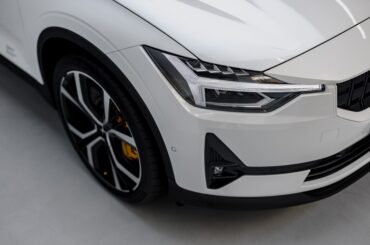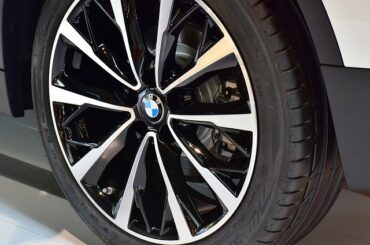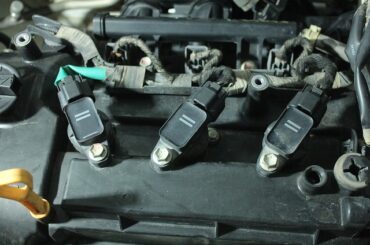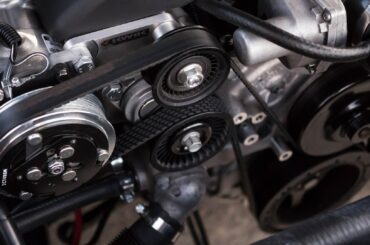The Toyota Highlander has long held its reputation as a versatile and beloved midsize SUV, revered for its spacious interior, family-friendly features, and comfortable on-road performance. But in recent years, as the allure of off-road exploration has captured the hearts of adventure enthusiasts, a pertinent question has emerged: “Is the Toyota Highlander good for off-road?”
Contents
Understanding the Toyota Highlander
Before we dive into the off-road capabilities of the Toyota Highlander, it’s essential to grasp what makes this midsize SUV tick and why it has earned a special place in the hearts of countless drivers.

A Brief History of the Toyota Highlander
The Toyota Highlander, initially introduced in 2000, has since evolved through multiple generations to become a hallmark of Toyota’s SUV lineup. Over the years, it has undergone design enhancements, technological advancements, and performance improvements while staying true to its core principles of reliability and versatility.
Target Audience and Appeal
The Highlander’s primary target audience has been families seeking a comfortable and spacious vehicle for daily driving needs. Its three-row seating, generous cargo space, and comprehensive safety features make it an ideal choice for families of varying sizes. Furthermore, its reputation for reliability and the renowned Toyota resale value have made it an attractive option for those looking for a long-term investment.
Strengths and Features
What sets the Toyota Highlander apart from the competition is its blend of qualities tailored to meet the demands of everyday life. Here are some of its standout strengths and features:
1. Interior Comfort: The Highlander boasts a well-crafted interior with comfortable seating, quality materials, and a user-friendly infotainment system. Long journeys become a pleasure for both drivers and passengers.
2. Family-Focused Design: With spacious three-row seating and ample cargo capacity, the Highlander excels at accommodating families, friends, and their gear.
3. Advanced Safety: Toyota’s commitment to safety shines through with Highlander’s comprehensive suite of advanced safety features, including adaptive cruise control, lane departure warning, and automatic emergency braking.
4. Engine Options: The Highlander offers a choice of powertrains, including a fuel-efficient hybrid model, allowing buyers to select the engine that best suits their needs.
5. Smooth Ride: The Highlander delivers a smooth and comfortable ride on the road, making it an excellent choice for daily commuting and long highway journeys.
Off-Roading Capabilities
Now that we’ve familiarized ourselves with the Toyota Highlander and its strengths, it’s time to shift our focus to the core question: Can the Highlander handle the challenges of off-road terrain? Let’s explore its off-roading capabilities and what makes it suitable for venturing beyond the beaten path.
Assessing Off-Road Capabilities
The Toyota Highlander, by design, is primarily intended for on-road use, and its capabilities reflect this orientation. However, it’s not entirely devoid of off-road potential.
1. AWD and 4WD Systems
One key factor in the Highlander’s off-road equation is its available all-wheel drive (AWD) and four-wheel drive (4WD) systems. These systems enhance traction and stability, which can be invaluable when transitioning from smooth highways to rougher trails.
– All-Wheel Drive (AWD): The AWD system in the Highlander is particularly useful in slippery conditions. It automatically distributes power between the front and rear wheels to optimize grip, providing more stability on uneven terrain.
– Four-Wheel Drive (4WD): The 4WD system, available in some Highlander models, offers more control over power distribution. In 4WD mode, you can manually engage all four wheels, providing added traction when navigating challenging off-road scenarios.
2. The Role of Tire Choice
While the Highlander’s AWD and 4WD systems contribute to off-road performance, the choice of tires plays a pivotal role in determining how well it can handle rugged terrain. Off-road tires with a deeper tread pattern and reinforced sidewalls can significantly improve traction and durability when venturing off the pavement.
It’s important to note that while the Highlander can handle light off-road conditions and rough terrain to some extent, it’s not built for the extreme challenges that dedicated off-road vehicles can conquer. For activities such as rock crawling, deep mud, or steep inclines, other Toyota models like the 4Runner or the Land Cruiser are better equipped.
Suitable Off-Road Conditions
While the Toyota Highlander may not be your go-to choice for extreme off-roading challenges, it has a niche in handling specific off-road conditions. Let’s explore the types of terrain where the Highlander is best suited and can genuinely shine.

1. Gravel Roads
The Highlander demonstrates a commendable performance on gravel roads, where it can maintain stability and traction. Its AWD and available 4WD systems assist in navigating loose surfaces, such as gravel, gravelly trails, and unpaved rural roads. This makes it a reliable choice for adventurers seeking a weekend getaway or exploring scenic routes that might not be entirely paved.
2. Snowy Conditions
The Highlander equipped with AWD can be a dependable companion in regions prone to winter weather. It helps control snowy and icy roads, ensuring you reach your destination safely even when the weather is harsh. Families living in areas with seasonal snowfall can find solace in the Highlander’s winter-ready capabilities.
3. Mild Off-Road Trails
The Highlander can be an accommodating travel companion for those looking to venture into the great outdoors and explore mild off-road trails. It handles dirt paths, grassy trails, and shallow ruts with ease. The combination of its AWD system and a reasonable ground clearance provides the necessary tools to tackle such terrains, allowing you to reach picturesque camping spots or hiking trailheads.
Caution Against Extreme Off-Roading Adventures
While the Toyota Highlander excels in the above-mentioned conditions, exercising caution and recognizing its limitations is essential. Extreme off-roading adventures involving rock crawling, tackling deep mud, or navigating steep inclines are best left to purpose-built off-road vehicles like the Toyota 4Runner or the Land Cruiser. These vehicles offer specialized features like higher ground clearance, robust suspension systems, and advanced 4WD capabilities designed explicitly for rugged off-road terrain.
Suitable Off-Roading Limitations
While the Toyota Highlander has its merits when handling certain off-road conditions, it’s important to acknowledge its limitations. Serious off-roading enthusiasts should know these constraints before embarking on rugged adventures.
1. Ground Clearance
One of the primary limitations of the Toyota Highlander for off-roading is its ground clearance. Ground clearance refers to the distance between the lowest point of the vehicle (usually the undercarriage) and the ground. The Highlander’s ground clearance is optimized for on-road comfort and efficiency, which means it sits lower than dedicated off-road vehicles.
A lower ground clearance restricts its ability to traverse uneven terrain, rocks, and obstacles commonly encountered in more challenging off-road scenarios. Attempting to navigate such obstacles can result in the undercarriage making contact with rocks or debris, potentially causing damage to vital components.
2. Suspension
Another factor influencing the Highlander’s off-road performance is its suspension system. The suspension is designed to provide a smooth, comfortable ride on paved roads. It may not have the necessary articulation or travel to absorb the impacts and irregularities of rough off-road terrain.
Dedicated off-road vehicles often feature specialized suspension systems, including longer travel and better damping, to cope with the rigors of off-roading. The Highlander’s suspension is not optimized for the articulation required for extreme off-roading situations.
3. Vehicle Weight
Like many midsize SUVs, the Highlander has a relatively high curb weight. While this contributes to stability and safety on the road, navigating challenging off-road conditions can be a disadvantage. A heavier vehicle may sink into soft ground, such as mud or sand, making it more susceptible to getting stuck.
Risk of Damage
Attempting challenging off-road terrain with the Toyota Highlander carries a significant risk of damage. The vehicle’s design prioritizes on-road comfort and daily driving convenience, not the rigors of off-roading. Rocks, logs, and other obstacles can cause damage to the vehicle’s undercarriage, bumpers, and suspension components.
Is the Toyota Highlander good for off-road?
In conclusion, the Toyota Highlander can handle light off-road conditions, making it suitable for gravel roads, snowy terrain, and mild off-road trails. Its AWD system enhances traction, making it a practical choice for occasional off-road adventures.
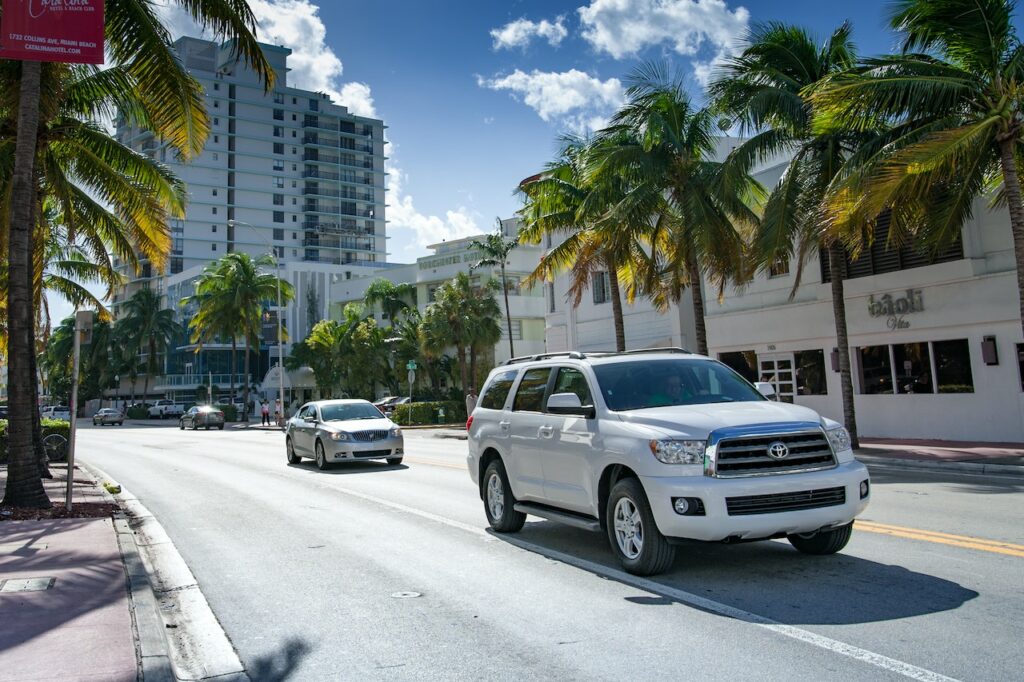
However, serious off-roading, like rock crawling or tackling extreme terrain, is beyond the Highlander’s capabilities. Dedicated off-road vehicles like the Toyota 4Runner or Land Cruiser are better suited for such endeavors.
2023 Showdown: TRD Sport vs TRD Off Road – Unveiling the Ultimate Toyota Battle!
Ultimate Guide: How to Get Urine Smell Out of Car Seat in 2023
Unraveling the Chaos: How I Accidentally Drove in 4 Wheel Drive in 2023



